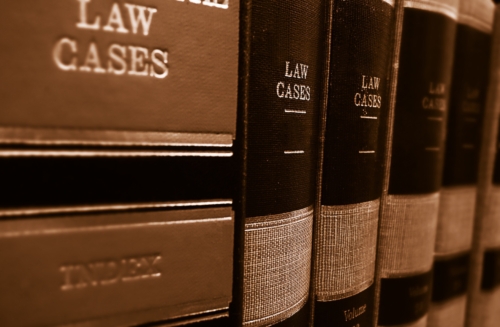
Aubrey v The Queen [2017] HCA 18: HIV, Recklessness and Grievous Bodily Harm
Aubrey v The Queen [2017] HCA 18: HIV, Recklessness and Grievous Bodily Harm
In Michael Aubrey v The Queen [2017] HCA 18 handed down today, 10 May 2017, the High Court of Australia dismissed an appeal from a decision of the Court of Criminal Appeal of the Supreme Court of NSW (see Aubrey v R [2015] NSWCCA 323 (18 December 2015)).
In its decision, the majority of the High Court has held that causing a complainant to contract the Human Immunodeficiency Virus (HIV) could constitute the infliction of grievous bodily harmcontrary to Crimes Act 1900 (NSW) section 35(1)(b) (as that provision was in 2004).
Further, the High Court has also found that recklessness, within the now repealed definition of “maliciously” in the Crimes Ac 1900 (NSW) section 5, was established by proving an accused’s foresight of the possibility, rather than the probability, of the risk in question materialising.
Background
Where the appellant had engaged in unprotected sex with the complainant in the period between January and July 2004 and the appellant had been diagnosed as/and knew that he was, HIV positive – the appellant was charged with one count of maliciously causing the complainant to contract a grievous bodily disease with the intent of causing the complainant to contract that grievous bodily disease (Count 1) and, in the alternative, one count of maliciously inflicting grievous bodily harm upon the complainant (Count 2).
Initial Proceedings
In March 2012, the appellant moved for an order from the District Court of NSW that Count 2 be quashed. Justice Sorby in the District Court stayed the proceedings in relation to Count 2 on the basis of “uncertainty” as to whether causing another person to contract a serious disease constituted the infliction of grievous bodily harm contrary to Crimes Act 1900 (NSW) section 35(1)(b).
First Appeal – Court of Criminal Appeal
On appeal, the Crown the Court of Criminal Appeal dissolved the stay imposed by Justice Sorby, holding that the word “inflicts” should not be given a limited and technical meaning.
Trial in the District Court
At the appellant’s subsequent trial in the District Court, the appellant did concede that he had known that there was a real possibility that he could infect the complainant by having unprotected sexual intercourse with him. As a result the appellant was acquitted of Count 1 but convicted of Count 2.
Second Appeal – Court of Criminal Appeal
The appellant unsuccessfully appealed against his conviction to the Court of Criminal Appeal NSW on grounds which included that Count 2 disclosed no offence known to law and that the trial judge erred in directing the jury that the element of malice was satisfied.
Appeal to the High Court
The grounds of appeal to the High Court were:
- The Court of Criminal Appeal of New South Wales erred in holding that the offence of which the appellant was convicted was available in law, notwithstanding the decision in R v Clarence(1888) 22 QBD 23 and the subsequent NSW legislative amendments, in that the Court held that the offence of maliciously inflicting grievous bodily harm, as required by Crimes Act 1900(NSW) section 35(1)(b) as it stood in 2004, did not require an act by the accused that directly resulted in force being applied violently to the body of the victim; and
- The Court of Criminal Appeal erred in finding that the mental state of recklessness, provided for by Crimes Act 1900 (NSW) section 5, did not require a foresight of the probability of harm in accordance with this Court’s holding in The Queen v Crabbe (1985) 156 CLR 464, but instead was satisfied by the mere foresight of the possibility of harm.
The High Court in a majority decision held that the meaning of “inflicts” in Crimes Act 1900 (NSW) section 35, does not require the infliction of force productive of immediate physical injury, but rather extends to the communication of disease or infection.
The High Court also held that “recklessness” in the context of section 35 does not require an accused to have foresight of the probability that certain consequences will eventuate; foresight of the possibility of such consequences is sufficient.
As a result of these findings, the appeal was dismissed.
TimeBase is an independent, privately owned Australian legal publisher specialising in the online delivery of accurate, comprehensive and innovative legislation research tools including LawOne and unique Point-in-Time Products. Nothing on this website should be construed as legal advice and does not substitute for the advice of competent legal counsel.
Sources:
Aubrey v The Queen [2017] HCA 18 (10 May 2017) case and High Court summaries and supporting information.
Aubrey v R [2015] NSWCCA 323 (18 December 2015)
Published in TimeBase on May 10, 2017




